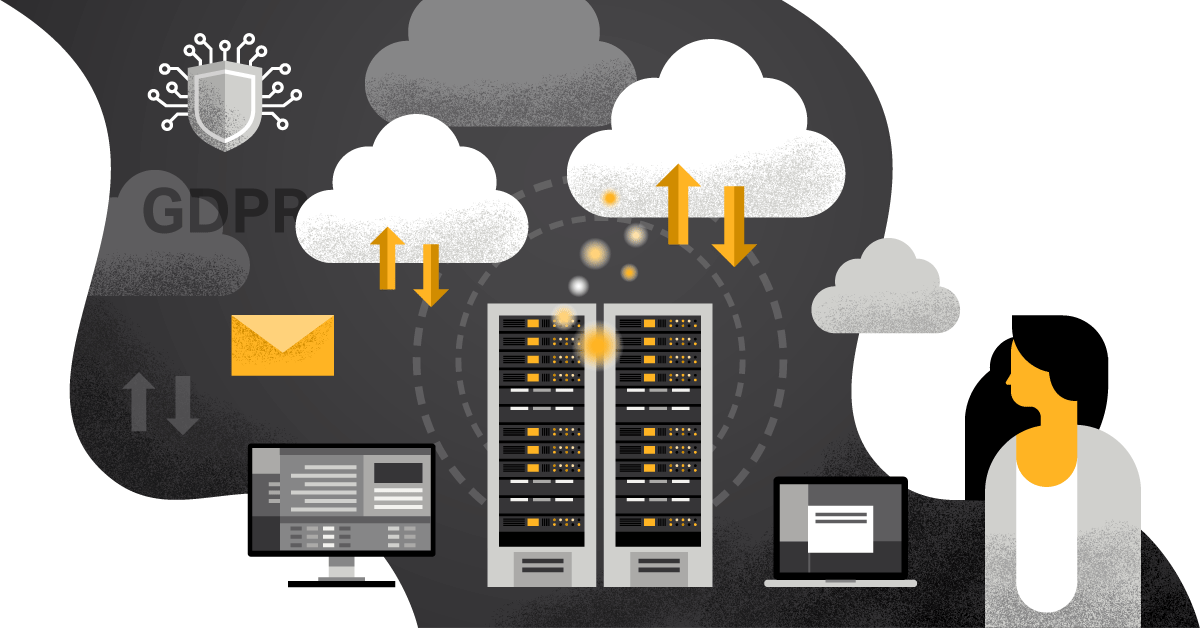
What should you pay attention to when operating IT solutions in the cloud? What can you do yourself to keep costs down and productivity up?
Economy usually plays a crucial role when the choice is between on-premise and cloud. With the cloud journey, it is not only data and service which is being migrated but also costs. The company moves from investing in hardware to operating costs because the cloud brings pay-per-use.
It can free up precious resources but also means that you do not know in advance the exact final price of the cloud solution. The good news is that there are many opportunities to keep lower costs by continuously optimizing the economy of your solution. Here are five tips for what to look out for:
1) Discontinue the services you do not need
Do your business run one or more old websites that are no longer relevant to the business and customers? Are outdated machines running that are no longer in active service? There may be a lot of 'wreckage' in a company's overall IT setup, which may need a critical review, a renovation, and a cleanup. When paying for capacity and consumption as you go, it is a good idea to revisit everything at regular intervals.
2) Choose right-sizing - not wide-sizing
When you move from an on-premise data center to a cloud solution, it is essential to change the mindset from an on-premise mentality to a cloud mentality. With a data center, it means less spare capacity because theres is a specific cost associated with operating the datacenter. Wide-sizing might be expensive when it comes to the cloud because you pay for capacity and usage. The path to right-sizing is through IT environment transparency thr and a thorough mapping of the actual usage.
3) Only run test systems when testing
It's great to have the compute muscles available in the cloud when you need to test systems on a large scale. One of the significant advantages is increasing the capacity for specific purposes without 'building up' in the data center. However, it also involves the risk of leaving your front door door open if you do not close down the test system again when it is no longer in use. If necessary, consider automatic stop function after use, so the test environment does not continue the spend. Also, you should ensure tags that define the ownership, the type of environment, and expiration time, so you always have in your control an insight into what should be kept and what can be closed.
4) Optimize your application design
When you work with new applications or services, they should be built for the cloud and not draw on too many resources, when there is no good reason for this. It needs to be robust applications, preferably built from standard protocols and independent from specific infrastructures. It is also a good idea to think of the potential of scaling from the beginning. Besides, one must take steps regarding encryption and application security , and if not managed correctly, it might have derived consequences on the economy.
5) Use auto-scaling for your cloud capacity
Dynamics, flexibility, and agility are keywords in a modern IT infrastructure. The cloud allows you to take advantage of new business opportunities with the most significant possible effect in the shortest possible time. It makes good sense to upscale if the consumption of a service increases, or to downscale if the opposite is the case. With autoscaling, you can continuously adjust the capacity to the actual usage of the individual services, so that usage and consumption are always aligned. Set an upper limit on scaling and set up notifications for when you are approaching it to ensure that costs are kept in order.
Use our tips as inspiration for a profitable cloud solution, whether you are already in the cloud or just heading out on your journey. We are happy to advise on concrete solutions for cost control, regardless of the scope of your environment.

BY
Thomas Sejer Pedersen
Thomas is Director, Public Cloud in Sentia with solid experience as a leader and owner of several IT companies and start-ups. With previous positions as Sales Director and co-owner in Dustin along with CEO and co-owner in MCB, he is recognized for business development and cloud modernization projects, ensuring cloud infrastructure models that supports the business.



